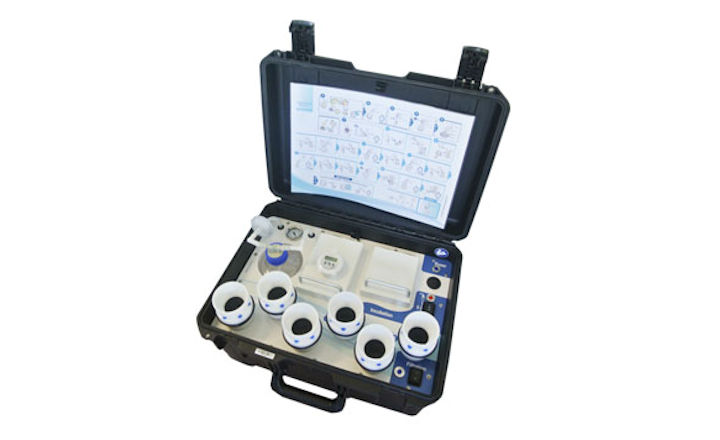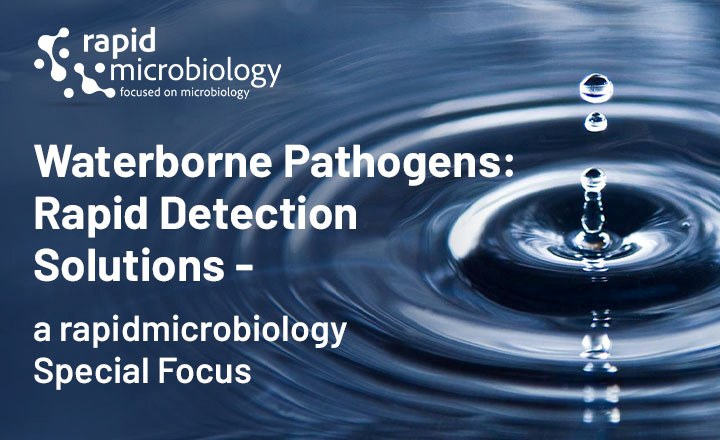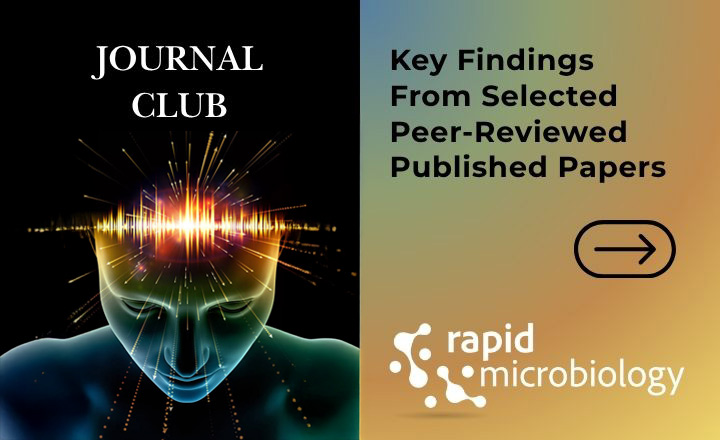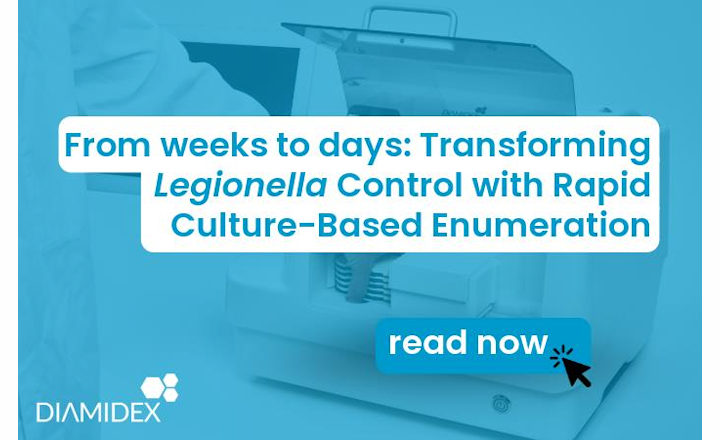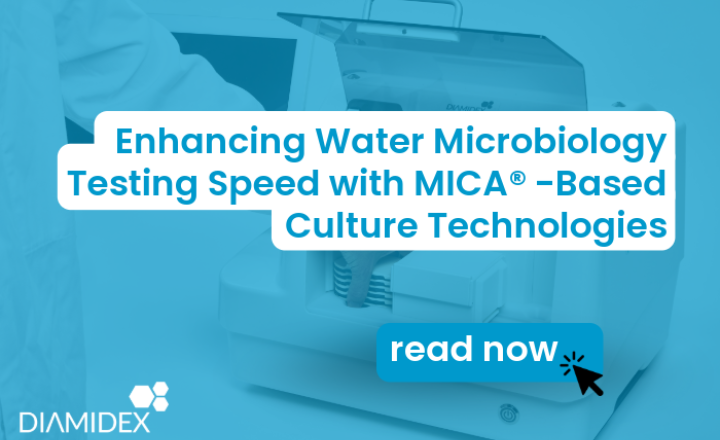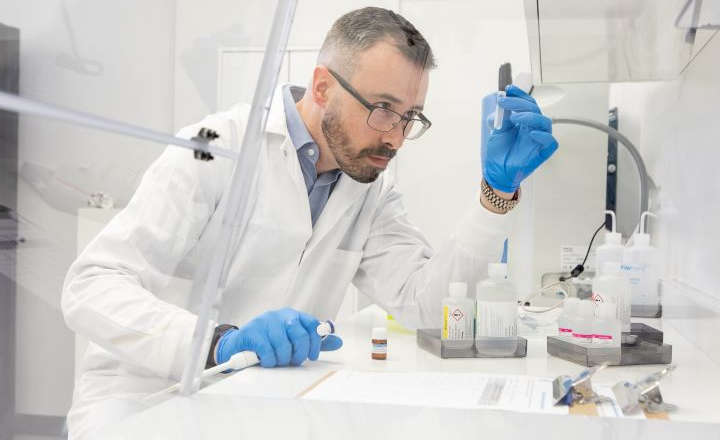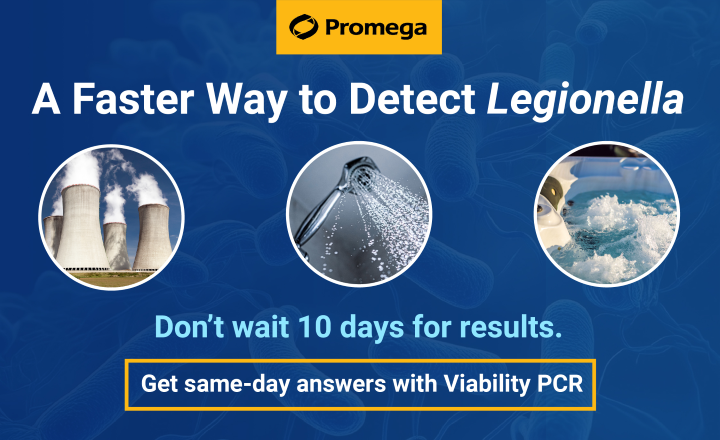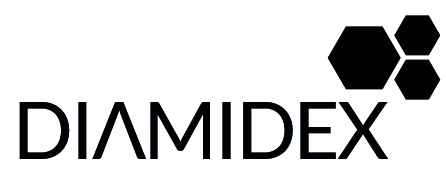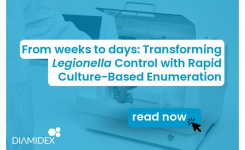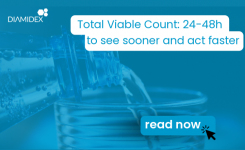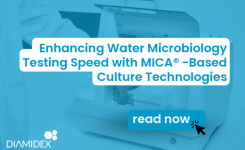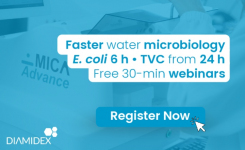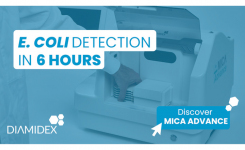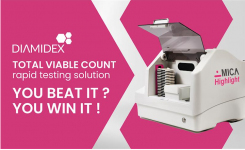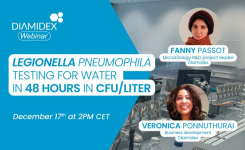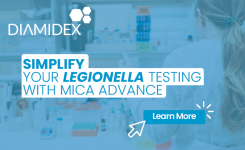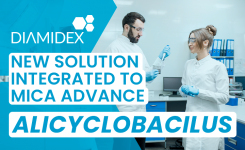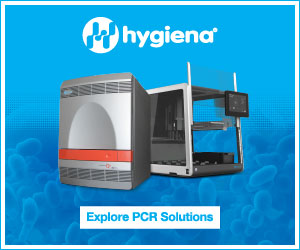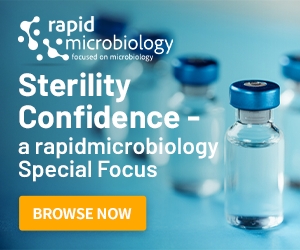C4Hydro has created rapid solutions for Legionella testing and controlling the risk associated with this water-borne pathogen. Their products detect the bacteria Legionella pneumophila and all its serogroups, viable and cultivable. This culture-based analysis method ensures reliable results and allows users to get on-site (point of care) results in 48 hours instead of 10 days using the reference method in a laboratory.
Stephane Logassi, Business Unit Manager at C4Hydro, explains to rapidmicrobiology.com how this patented technology works and how it compares to other Legionella test kits on the market.
Q: Can you tell us about your Legio EZ Legionella test kits?
Stephane: Our Legio EZ product range includes the Legio EZ-test, suitable for hot water systems, and the Legio EZ-Count: suitable for cooling towers.
Both solutions are specifically designed to detect all serogroups of cultivable L. pneumophila in water samples.
The unique aspect of our award-winning technology is that it allows you to detect pathogenic bacteria in 48 hours instead of 10-14 days, as with standardized testing in laboratories.
The EZ-count is a mobile lab you can carry like a suitcase, and it allows our clients to conduct up to 6 analyses simultaneously. If fewer analyses are needed, clients can go for the Uni-test Mobile Lab. This equipment is simple to use, fast, and most importantly, reliable.
Q: Can you briefly describe how your EZ-Count test works?
Stephane The testing procedure consists of 3 steps:
1st: A 10-minute preparation phase - This is where the water sample goes through filtration while a culture medium with a selective GVPC agar is prepared.
2nd: A 47-hour incubation time – This is where you let the patented (sugar) molecule do all the work for you. It is a phase of assimilation of this modified sugar exclusively by the L. pneumophila bacteria. Once assimilated, the targeted L. pneumophila will get visible at an early stage of their growth - which is why we can provide the results so quickly.
3rd: The Revelation phase - After 50 minutes of operation, you will know, by colorimetry, if your water sample contained L. pneumophila.
You will also know its concentration, i.e., less than 1,000 CFU/L, between 1,000 and 100,000 CFU/L, or more than 100,000 CFU/L.
Q: Where are your tests used?
Stephane: Our international clients use our tests in a variety of industries which include power plants, paper mills, the maritime industry, and offshore platforms, to name a few.
But of course, we would work with any company that needs to monitor cooling towers systems or sanitary water systems.
Q: How does your kit compare to other Legionella test options on the market?
Stephane: Our kit is the fastest on the market and the only one able to specifically detect all serogroups of cultivable L. pneumophila with such accuracy. Other tests based on the culturing of bacteria will measure other parameters than the ones required in laboratories for L. pneumophila quantification.
For example, the PCR method will give you an estimation in Genomic Units per Litre (GU/L), but how this correlates with CFU/L is not established yet. This overestimation could be due to dead or non-culturable L. pneumophila.
If you use the ATP-metry method, it will measure Global Flora activity. But this measurement does not give you an indication of the concentration level of L. pneumophila in your sample.
Q: How can this test be used in risk management?
Stephane: Regulatory obligation and self-monitoring are key to solid Legionella risk management.
Usually, regulatory tests must be performed at least once a year for hot water systems and more often (once a month or trimester) for cooling towers. However, it remains far from enough regarding the increase in cases of legionellosis worldwide.
According to the American Centre for Disease Control, 90% of cases of legionellosis could be avoided with an effective prevention policy. It means that preventing the risk is essential. Primarily because once a water network has been infected with L. pneumophila, it is difficult to eliminate all the bacteria.
In less than ten days, L. pneumophila can go from a non-detectable concentration to a concentration presenting a danger for human health.
In this context, our self-monitoring tests offer:
- a rapid diagnosis on the network.
- fast and reliable control of the efficiency of the treatment (in 48h we know quickly if a chemical or high-temperature treatment has worked or not)
- a confidential follow-up of the data concerning the areas at risk
All of this allows our clients to rationalize treatments needed to save costs and ensure the safety of all users. It is a win-win situation.
Q: What is the future direction for C4 hydro?
Stephane: Our R&D team is currently working on automating this technology which will require less hands-on time.
Our new semi-quantitative solution counts micro-colonies of L. pneumophila. It will be commercialized this year, and we’re very excited about it. In 48 hours it gives a precise measure of the quantity of L. pneumophila in cfu/L in any water sample, which takes less than 30min of operating time to perform up to 12 simultaneous analyses.
Within the next few weeks, we will also be launching our small, easy and affordable test-kit for domestic use detection test kit for L. pneumophila but also for coliforms (including E. coli). Those kits will be small in size with a mini-incubator, the size of a smartphone.
Video: Watch how C4-hydro's EZ-Count works...


